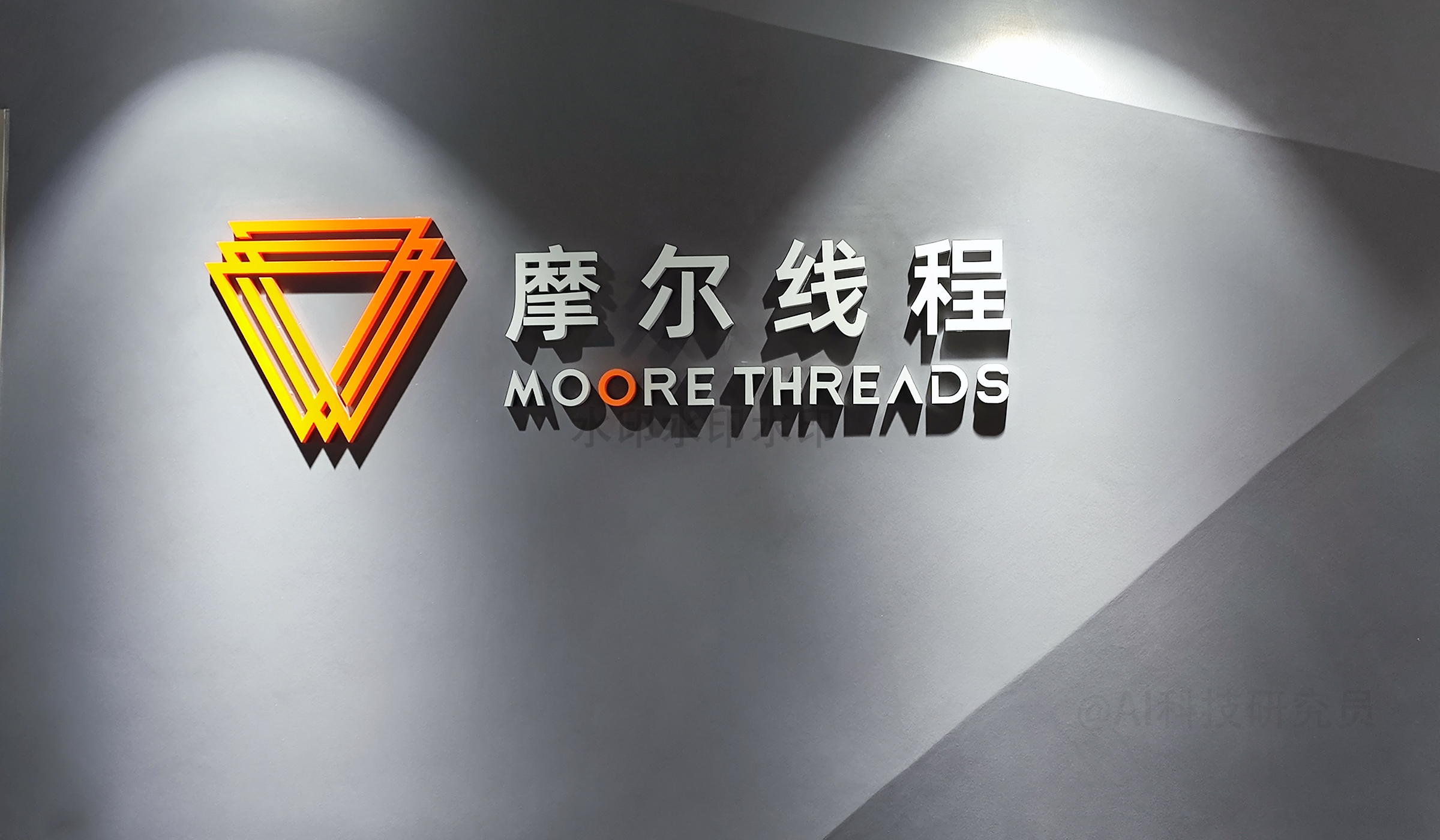
AsianFin -- Two of China's top GPU chip startups—Moore Threads and MetaX Tech—filed for IPOs on Shanghai's STAR Market on the final day of the first half of 2025, underscoring Beijing's accelerating push to localize high-performance computing amid deepening U.S. tech restrictions.
Moore Threads, founded by Nvidia's former China head Zhang Jianzhong, aims to raise as much as 8 billion yuan ($1.1 billion), while MetaX Tech, led by former AMD executive Chen Weiliang, is seeking to raise 3.9 billion yuan ($540 million). Both companies are dubbed by local media as potential "China's Nvidia" and have racked up over 80 billion yuan in combined losses since 2022.
The IPO filings lay bare the steep costs and fragile business models of China's young GPU industry, which remains far from profitability and heavily dependent on government support and patient capital. Moore Threads has accumulated losses of over 5 billion yuan on just 609 million yuan of revenue in the past three years. MetaX Tech, which sold more than 25,000 GPU units, generated 1.1 billion yuan in revenue over the same period but lost nearly 3.3 billion yuan.
Founded in 2020 amid growing concerns about reliance on foreign chips, both firms have become poster children for China's semiconductor self-reliance campaign. Their IPOs come as the Biden administration tightens export controls on AI and GPU hardware to China and adds domestic players like Moore Threads to its "entity list," cutting them off from U.S.-sourced technology.
Still, Beijing's ambitions to build a viable Nvidia rival remain daunting. "GPU development is one of the highest-difficulty races in semiconductors," said one semiconductor-focused investor in Beijing. "Even Intel and AMD struggle to compete with Nvidia. For Chinese firms, the challenge is 10x harder due to supply chain restrictions."
According to filings, Moore Threads' most advanced MTT S5000 card is designed to rival Nvidia's H100 for training large AI models. MetaX Tech, meanwhile, claims its "Xiyun C-series" chips can support full-scale pretraining of 128B MoE models, with plans for future AI inference and graphics acceleration products. Both companies also maintain CUDA-compatible software stacks to ease migration from Nvidia's ecosystem.
But market share is still a fraction of the U.S. giant's. Nvidia is estimated to control about 70% of China's AI chip market, despite mounting restrictions, and its CUDA platform remains a near-monopoly in GPU developer ecosystems globally.
Moore Threads reported three-year R&D spending of nearly 3.8 billion yuan, more than six times its cumulative revenue. Its top customer in 2024, accounting for 42% of sales, was reportedly Baidu. MetaX Tech's IPO filing reveals a more diversified revenue mix across enterprise and government customers, including H3C and Suzhou-based robotics integrators.
Despite some early wins, neither firm has achieved profitability. Moore Threads had accumulated losses of 5 billion yuan by end-2024 and warned that its negative equity could persist for several years. MetaX Tech posted 2.3 billion yuan in losses in the first quarter alone, and maintains 8.9 billion yuan in unsold inventory, raising flags about product turnover.
One concern flagged by analysts is the growing accounts receivable risk. MetaX Tech's receivables accounted for nearly 192% of Q1 revenue, a potential sign of slow customer payment or back-loaded procurement deals tied to government budgets.
Though not yet under U.S. sanctions, MetaX Tech is also exposed to geopolitical headwinds. Its filings acknowledge reliance on imported HBM (high bandwidth memory), EDA software, and third-party IP—core assets potentially subject to future export controls. Moore Threads, already blacklisted by the U.S. Commerce Department, has resorted to local substitutes and self-developed tooling where possible.
Analysts warn that despite domestic enthusiasm, global GPU design remains a game of scale and ecosystem depth. Nvidia's $43.2 billion cash pile and $13 billion annual R&D budget dwarfs those of its Chinese challengers, who rely heavily on VC and state capital. CUDA, Nvidia's software stack, is the bedrock of modern AI infrastructure, with years of developer loyalty that local solutions struggle to replicate.
The dual filings signal the reopening of China's domestic IPO window for loss-making high-tech firms, following a regulatory freeze in late 2023. The STAR Market's fifth listing standard—focused on R&D-heavy, pre-profit firms—was quietly revived in recent months, and GPU startups appear to be first in line.
Beijing hopes these listings will catalyze a new wave of AI chip capacity. Other players including Biren Technology, Cambricon, and Huawei's Ascend unit are reportedly preparing similar moves, either onshore or via Hong Kong. But market watchers say pricing power, product maturity, and long-term profitability remain elusive.
"There's a race to IPO not because the businesses are ready," said a Shanghai-based chip investor, "but because the capital runway is running out."
With Chinese AI data centers scrambling for domestic alternatives to Nvidia, Moore Threads and MetaX Tech have a short-term window of demand. But the path to long-term competitiveness remains steep. GPU development involves not just silicon, but full-stack integration, long-tail software ecosystems, and global developer adoption—areas where U.S. incumbents still dominate.
According to IDC, China's domestic AI chip market share doubled to 30% in 2024, with 820,000 units shipped. Yet even at this pace, Chinese firms remain underdogs in a market where technology cycles are measured in months, and geopolitical disruptions are the new normal.
Whether Moore Threads or MetaX Tech can become true Nvidia challengers—or simply absorb subsidies and fade—may define the next phase of China's chip ambitions. For now, the IPOs mark a milestone, but not yet a turning point.







